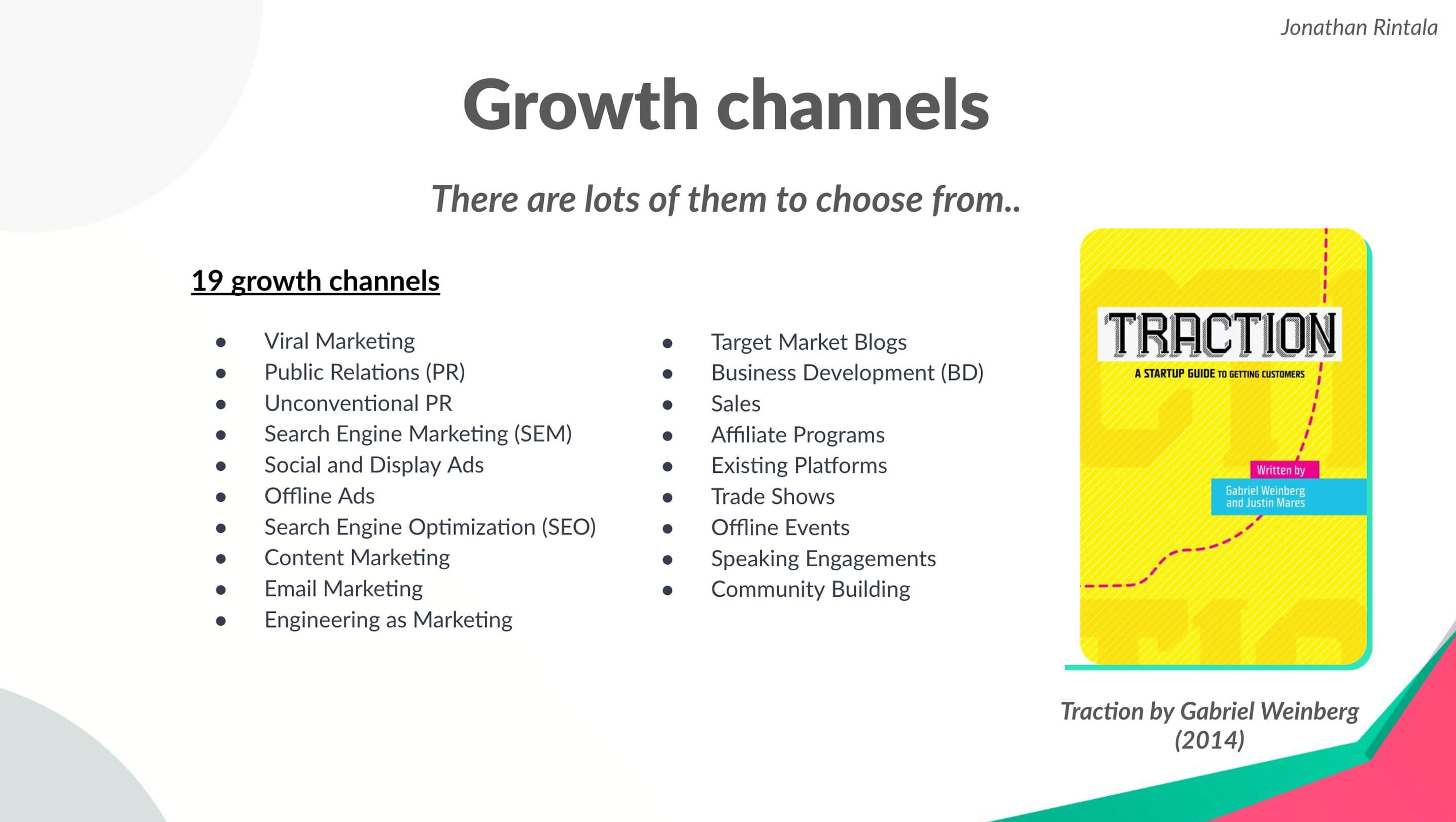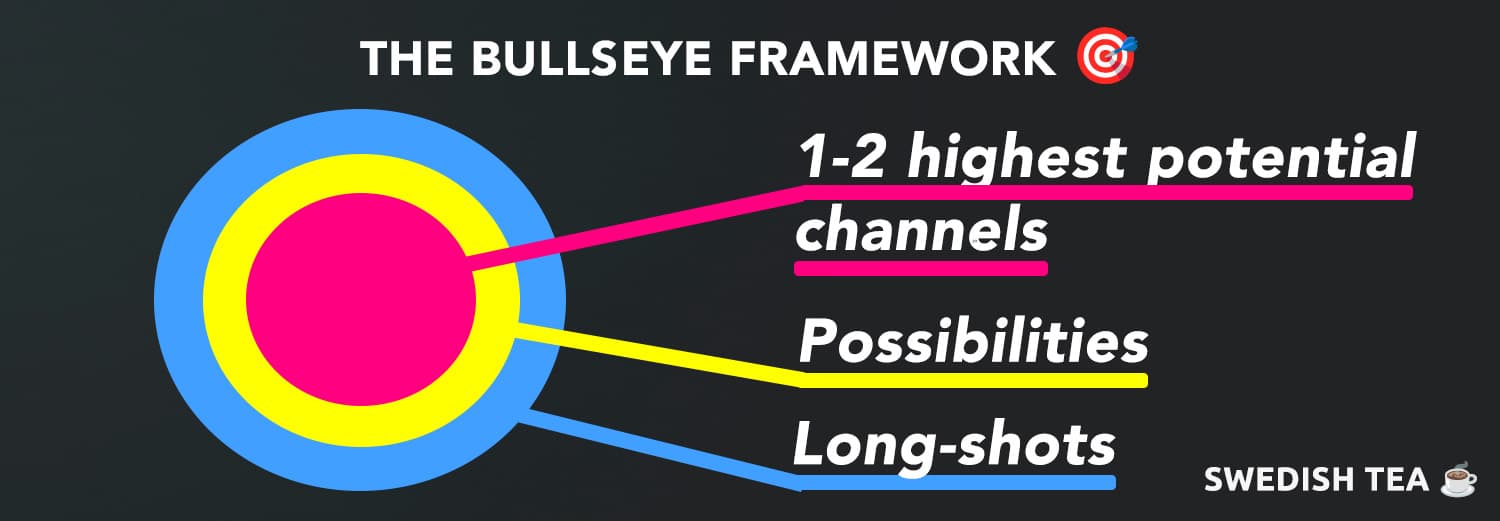Engineering growth: How we got our first 20 paying SaaS customers

Contents
Growth hacking is not about taking shortcuts, or get-rich-quick schemes. It's about systematically finding creative ways to engineer growth and get customers for a startup.
Here is the guide on how we got our first paying 20 SaaS customers - and how you can too.
What is growth hacking?
After now 4 spending years engineering growth myself for my B2B SaaS past 100 paying customers - and running experiments almost every day of the week. Here is my take on the definition of growth hacking.
“Finding ways to get outsized growth returns with fewer resources - either amongst customers, optimizing existing growth channels, or finding new ones.”
Imo 'growth engineering' is a more accurate term than growth hacking.
Growth hacking in 5 steps
🧪 run scientific experiments
🛠️ get practical with it -> get your hands dirty
✏️ produce content, code, etc. to scale yourself
📊 measure, follow-up and find what works -> double down
🚀 make growth happen
What growth hacking is NOT
❌ get-rich-quick schemes
❌ finding a silver bullet that solves growth forever
❌ something theoretical you draw up in the boardroom
What growth hacking IS
✅ systemizing growth like an engineer (A/B testing, Bullseye Framework, etc)
✅ being creative, finding new ways to grow with limited resources
✅ not brute forcing channels everyday just because you "should"
✅ having your company spend time on the right things to reach your ICP
✅ introducing growth hooks into your product -> expose it to the world
✅ finding paths of least resistance
Growth channels
There are lots of channels to choose from when growing a startup.
To be more specific there are 19 growth channels listed in the book 'Traction: A startup's guide to getting customers' by Gabriel Weinberg (2014).

You should not work with all channels, or even experiment with all of them. But it's good to have an overview - to make sure you pick the right ones for your (1) startup and (2) ICP.
But also the (3) right way to grow for you as a founder, as founder-gtm fit is imo hugely important to succeed.
How to choose between growth channels?
You can use the Bullseye Framework (also from the book Traction) to choose a few ones - to make sure you stay focused, while allowing for experimentation.

The 5 growth channels that took us to our first 20 paying SaaS customers
Here are the 5 growth channels that produced our first 20 paying B2B SaaS customers for my startup Univid.
Partners & doped WoM 💉
Outbound sales ☎️
Existing communities
Built in virality 🦠
Founder-led content ✏️
Let's take a look at each one and see exactly what we did. (coming soon..)

Me giving a talk on the topic of Growth Engineering at KTH Innovation in Stockholm, Sweden
Want to learn more about growing SaaS companies?
